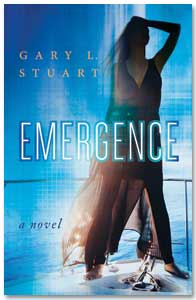Right, the title is correct.
At first glance it reads telling stories, telling lies. But that would be an incorrect first glance.
I meant lives not lies.
What a difference a “v” makes, right?
In an essay published in the New York Times’ Book Review,[1] the writer held forth on two modes of storytelling and two ways of revealing lives. The premise inherent in the differences outlined in the essay was said to be, “Writing a book of nonfiction demands that you find people who have had an interesting or harrowing, or profound experience and persuade them to talk about it.”
Really? I’ve written four nonfiction books. None demanded anything of the sort. All were about interesting, profound subjects, and one included harrowing events. With that said, none demanded that I find the people and talk to them. Collectively, those four books covered significant historical events—crimes, trials, appeals, sentences, consequences, and profound legal changes and consequences. While the people were important, the books were not about them. The books were about the events, the rule of law, and the societal consequences and costs. The people were very important, but not as individuals. They were important because they were part of significant legal events. Because all four books examined the legality, illegality, statutory, common law, and societal impact of the cases, the story itself was part of the voluminous legal record.
When the final gavel is struck, history is made. Had I limited my research, or my writing to what the people told me, I would have missed the story altogether. The story was not what the participants said, it was the legal contours of what they did or failed to do that was demanding.
People are informative, but not determinative. The law is determinative. It applies equally to people who litigate and to people who have no case. But case law, like statutory law, impacts everyone equally—those in the case and those who only write or read about them.
[1] July 15, 2018, p. 15.






 I am an author and a part-time lawyer with a focus on ethics and professional discipline. I teach creative writing and ethics to law students at Arizona State University.
I am an author and a part-time lawyer with a focus on ethics and professional discipline. I teach creative writing and ethics to law students at Arizona State University.  My latest novel is Emergence, the sequel to Let’s Disappear.
My latest novel is Emergence, the sequel to Let’s Disappear.  If you have an important story you want told, you can commission me to write it for you.
If you have an important story you want told, you can commission me to write it for you.